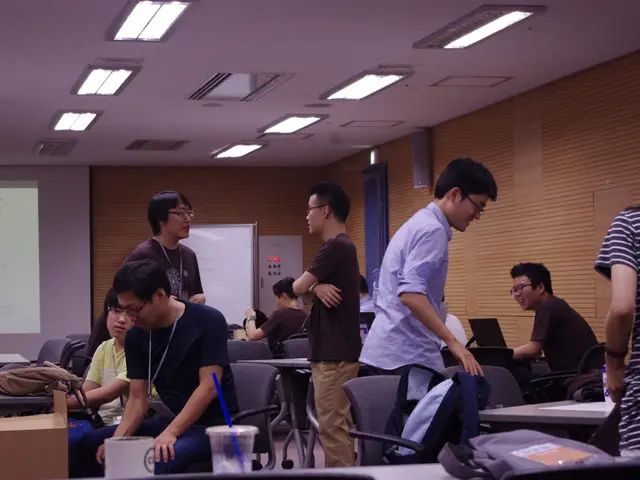Supreme Court Weighs Military Contractor Liability in Deadly Afghan Attack
The U.S. Supreme Court is currently hearing arguments in the case of Hencely v. Fluor, a lawsuit brought by former Army Specialist Winston Hencely against military contractor Fluor Corp. Hencely argues that Fluor should be held liable for failing to supervise an employee who carried out a suicide bomb attack at Bagram Air Base, Afghanistan, in 2016, killing five and injuring 17.
The attack, perpetrated by Ahmad Nayeb, an Afghan national, occurred during a Veterans Day celebration. An Army investigation later found that Fluor had violated its contractual duties by providing Nayeb with tools used in the attack and failing to monitor his movements during escort duties. Fluor's attorney countered that the Constitution preempts the suit under state law, citing the federal government's sole power to declare war.
The Supreme Court's oral arguments have centered around whether Fluor owed a duty of care for the security lapse that led to the attack. Key debates include contractual obligations, foreseeability of harm, and the limits of contractor liability in military contexts. Three retired senior officers have argued that military contractors should be protected from litigation to avoid 'legal uncertainty and finger-pointing' in combat theatres.
The outcome of the Hencely v. Fluor case could significantly impact the liability of military contractors in similar situations, potentially influencing future contracts and operations. The Court's decision is eagerly anticipated by both parties involved and the broader military contractor community.
Read also:
- American teenagers taking up farming roles previously filled by immigrants, a concept revisited from 1965's labor market shift.
- Weekly affairs in the German Federal Parliament (Bundestag)
- Landslide claims seven lives, injures six individuals while they work to restore a water channel in the northern region of Pakistan
- Escalating conflict in Sudan has prompted the United Nations to announce a critical gender crisis, highlighting the disproportionate impact of the ongoing violence on women and girls.







